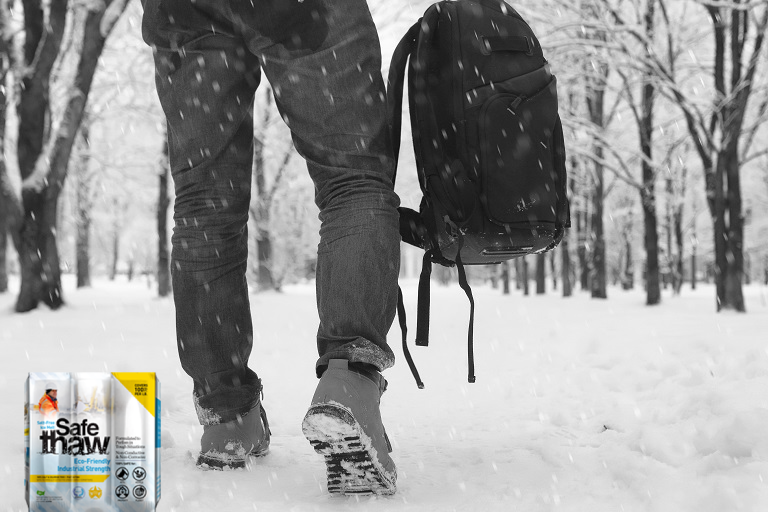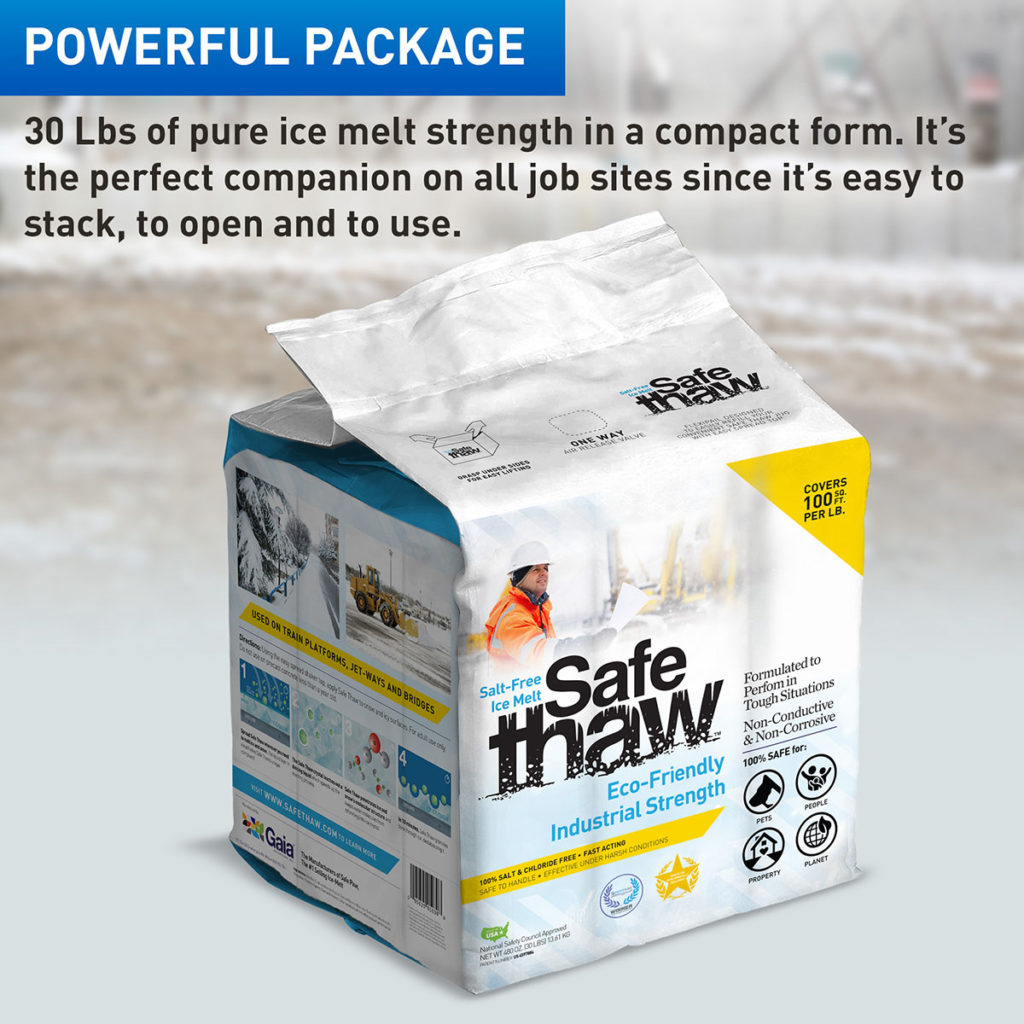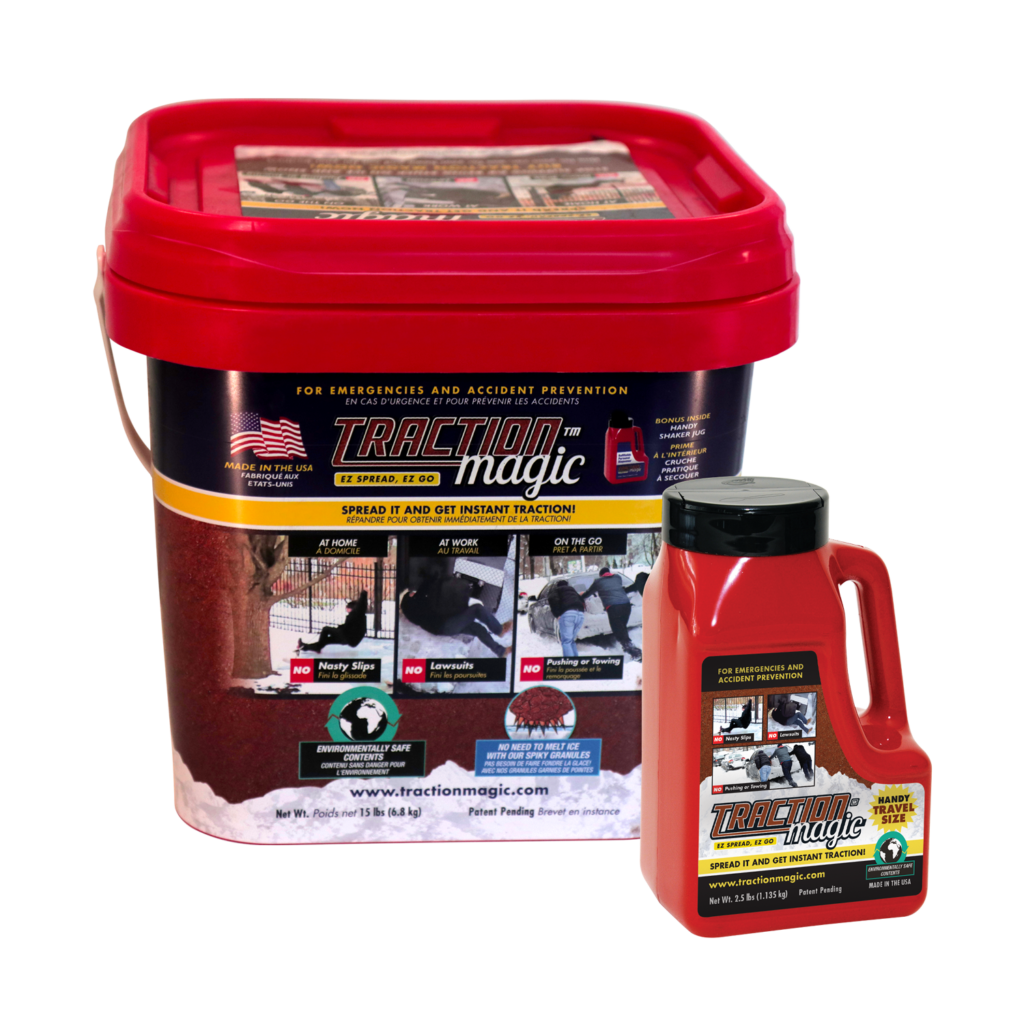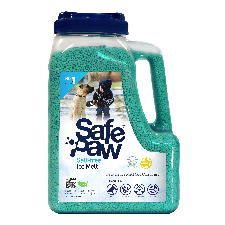How To Make Dry Ice Melt Faster-

Dry ice is really cold, and cold things take longer to melt than things that are warmer. You can accelerate the process by putting your dry ice in a larger container. The larger surface area of the container will allow the heat in your dry ice to diffuse more quickly into its surroundings, which means it’ll melt faster!
How To Make Dry Ice Melt Faster?
Dry ice is a solid form of carbon dioxide, and it’s often used in food service. While it’s not as cold as regular ice, it stays colder longer because the temperature of dry ice is much lower than that of water (32 degrees Fahrenheit). Dry ice sublimates into a gaseous state at room temperature. In this article, we’ll explain how dry ice works and how to make it melt faster.
How To Melt Dry Ice Quickly?
To speed up the sublimation process, you can use heat or pressure. Heat will speed things up because it increases the energy of the molecules in your dry ice, making them move faster and thus increasing their kinetic energy. And the pressure can help in two ways:
- It will increase the surface area of your dry ice, so more CO2 molecules will come into contact with each other, and
- it will reduce the amount of time needed for each CO2 molecule to escape from its entropic bonds with other molecules.
It’s So Cold (-109 Degrees Fahrenheit) Because It’s Actually Sublimating, Not Melting.
Dry ice is so cold because it’s actually sublimating, not melting. Sublimation occurs when a solid turns directly into a gas without changing to a liquid first. This process occurs much faster than the melting of water (and most other materials).
To make dry ice melt faster, you can put it in the freezer. It will take up to an hour for it to start melting, but once it does, the whole process should be finished in about 30 minutes.
Dry Ice Melting: What Makes Dry Ice Melt Faster?
Dry ice doesn’t melt in the traditional sense, as it undergoes a process called sublimation, transforming directly from a solid to a gas. However, several factors can influence the rate of dry ice melting:
- Temperature: Higher temperatures accelerate the sublimation of dry ice. Warmer surroundings provide the energy needed to convert the solid carbon dioxide into gas.
- Surface Area: The greater the surface area of the dry ice, the faster it will sublimate. Breaking dry ice into smaller pieces or thin slices increases the exposed surface, speeding up sublimation.
- Airflow: Adequate ventilation increases air circulation around dry ice, promoting faster sublimation.
- Ambient Pressure: Lower atmospheric pressure, as found at higher altitudes, can lead to faster dry ice sublimation.
100% salt & chloride-free, fast acting Ice Management Solution
We hope you now know how to make dry ice melt faster. The takeaway here is that you should use dry ice with caution. If you don’t know what you’re doing, it can be very dangerous and cause some serious injuries. So make sure to do your research before using dry ice in any way!
How to Make Dry Ice at Home?
While producing dry ice at home requires special equipment and safety precautions due to the extremely low temperatures involved, here’s a simplified overview:
- Obtain Dry Ice Pellets: Purchase dry ice pellets from a local supplier or manufacturer.
- Insulating Container: Place the dry ice pellets in an insulated container to slow down sublimation and extend its usability.
- Safety Gear: Wear gloves and protective eyewear when handling dry ice to prevent frostbite and eye irritation.
- Ventilation: Work in a well-ventilated area to ensure proper air circulation.
Accelerating Dry Ice Sublimation:
If you wish to speed up the sublimation of dry ice, follow these tips:
- Break into Small Pieces: Break the dry ice into smaller chunks or pellets to increase the exposed surface area.
- Use Warm Water: Placing dry ice in a container with warm water can hasten sublimation by providing the necessary heat energy.
- Utilize Fans: Position fans near the dry ice to enhance airflow and encourage quicker sublimation.
Introducing Safe Thaw:
Your Safe Winter Maintenance Solution While dry ice is intriguing for experiments and special effects, it’s not the ideal solution for everyday winter maintenance. Safe Thaw, on the other hand, is a safe and efficient ice melt product that effectively melts snow and ice while being safe for people, pets, and surfaces.
Fascinating Facts About Dry Ice You Probably Didn’t Know
Now that you’ve understood how to speed up dry ice sublimation, it’s time to go a little deeper. Have you ever stopped to consider some of the stranger or lesser-known facts about dry ice? There’s a reason this stuff continues to intrigue scientists, event planners, shipping companies, and even curious DIYers. Let’s explore a few of the most fascinating ones that build on what you already know:
- It’s not technically “ice.” Yes, we call it “dry ice,” but it has nothing to do with water. It’s frozen carbon dioxide, which means it completely skips the liquid phase and jumps straight from solid to gas. That’s why you never see puddles when it “melts.”
- It’s colder than Antarctica. At -109.3°F (-78.5°C), dry ice is far colder than any natural temperature recorded on Earth. This is what makes it ideal for transporting perishable goods and for creating dramatic fog effects.
- It can suffocate you—silently. Because it sublimates into carbon dioxide gas, using it in enclosed or poorly ventilated areas can displace oxygen and create a suffocation hazard. That’s why proper airflow is always a must.
- It’s legal to buy, but it’s not always safe to use. Many grocery stores and gas suppliers sell dry ice, but it should only be handled by people who understand the risks. Improper storage or disposal can lead to dangerous situations.
Dry Ice Last How Long? Understanding Duration & Storage Conditions
One of the most common questions people ask—after “how do I make it melt faster?”—is “dry ice last how long?” And honestly, it’s a smart question. Whether you’re using it for an experiment, shipping frozen goods, or just trying to create a spooky fog effect, knowing how long it will last is key to planning.
- Storage method: A block of dry ice stored in a standard cooler (not airtight) typically lasts 18 to 24 hours. If it’s stored in a high-quality insulated container, it might last up to 2–3 days. Pellets or smaller pieces sublimate much faster—often within a few hours.
- Temperature of the environment: Warmer surroundings cause faster sublimation. If you’re keeping dry ice in a warm room or using it outdoors in direct sunlight, expect it to vanish far quicker than if stored in a cool basement or shaded garage.
- Ventilation: More airflow equals faster sublimation. If your container has lots of air exchange, that helps CO₂ gas escape but also speeds up the loss of your dry ice.
So if you’re planning to use dry ice for any extended period, your best bet is to buy it as close to your usage time as possible and store it in a well-insulated container that’s vented but not constantly opened.
How to Dissolve Dry Ice Safely: Tips You Must Follow
Another popular question—especially once you’re done using it—is “how to dissolve dry ice?” Technically, you can’t dissolve it in the traditional sense, but you can make it sublimate faster under controlled conditions.
Here’s how to do it safely:
- Use warm water: Placing dry ice in a bowl or bucket of warm water causes rapid sublimation. The heat energy from the water accelerates the process dramatically, and you’ll get that signature fog effect as a bonus.
- Ensure proper ventilation: Whether you’re dissolving it in water or just leaving it to sublimate, always do this in a well-ventilated area. Carbon dioxide gas can displace oxygen, which is dangerous in enclosed spaces.
- Never seal it in a container: Putting dry ice in any sealed container—especially with water—is extremely risky. The pressure from gas buildup can cause the container to explode.
- Wear gloves and eye protection: Even when you’re just speeding up sublimation, the extreme cold can still cause frostbite or eye irritation. Safety gear is non-negotiable.
How to Dispose of Dry Ice Bags: The Right Way to Finish the Job
You’ve used the dry ice, created your fog effects, maybe even shipped something with it—now what? One of the most overlooked steps in the process is understanding how to dispose of dry ice bags properly.
If you purchased your dry ice in a heavy-duty cloth or plastic bag, don’t just toss it in the garbage without thinking. Here’s what you need to do:
- Empty the bag completely: Make sure all remaining dry ice has fully sublimated. If any chunks are left, follow the warm water and ventilation method mentioned earlier.
- Check for condensation or residue: If your bag was stored in a cooler, it may have absorbed some condensation. Let it dry out before disposal to prevent mold or odors.
- Recycle if possible: If the bag is made of recyclable materials and is clean and dry, place it in your regular recycling bin. If it’s not recyclable, dispose of it with your regular household trash.
- Never reuse it for food storage: Even if it looks fine, don’t reuse a dry ice bag for groceries or personal items. Residual CO₂ or cold damage can make it unsafe.
By taking a few extra steps, you can dispose of dry ice bags responsibly and avoid potential hazards.

Safe Thaw
Safe Thaw was created as the ice management solution for tough winter environments. Ideal in commercial and industrial properties, shops, government agencies, bridges, and construction.
Conclusion: Keep It Cool, But Keep It Safe
From understanding facts about dry ice to figuring out dry ice last how long, how to dissolve dry ice, and how to dispose of dry ice bags, it’s clear that dry ice is no ordinary frozen substance. It’s powerful, versatile, and fascinating—but also risky when mishandled.
As we’ve seen, while it’s tempting to use dry ice for de-icing, food preservation, or even winter maintenance, it’s not always the most practical or safest option. That’s where Safe Thaw comes in. Designed specifically for real-world winter conditions, Safe Thaw is a chemical-free, salt-free, eco-conscious ice melt that’s safe for pets, plants, and property. Unlike dry ice, it doesn’t require special storage, safety gear, or constant monitoring.
So whether you’re experimenting with sublimation or just trying to keep your driveway clear this winter, remember: stay informed, stay cautious, and when in doubt, choose Safe Thaw. It’s your go-to for dependable, worry-free winter management—without the drama of handling dry ice.
FAQs
Try Also Our Other Winter Safety Products:
Traction Magic
Stay safe on slippery surfaces with a product that’s 100% natural and safe for pets, people, and your property. Whether it’s sidewalks, steps, or even your car’s traction, Traction Magic is the go-to choice.

Safe Paw
The Original and #1 Selling Pet and Child Safe Ice Melt for over 20 years. Guaranteed environmentally safe –It won’t harm animals or children, and it won’t damage your property. That’s Safe Paw. Safe Paw can change how winter affects our planet.



